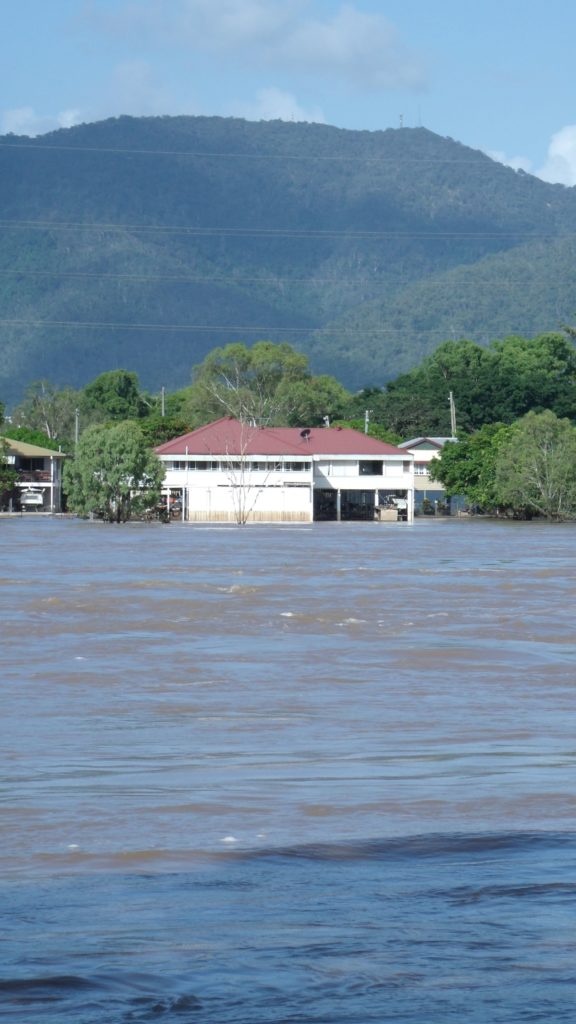GENERAL circulation models (GCMs) are used by meteorological agencies around the world for computer simulation of the Earth’s atmosphere and oceans. These models, however, are not very good at forecasting rainfall more than a few days in advance. The next really big breakthrough could come from using machine learning to mine historical climate data, build models based on clever algorithms, and use these to forecast droughts and floods months in advance.

Fitzroy River in flood at Rockhampton on 14th January 2011, photographed by Jennifer Marohasy.
While machine learning is now a well-established discipline, and artificial neural networks (ANNs) a well understood subcomponent, this technology is only beginning to be applied to rainfall forecasting. Most of the research effort has been concentrated in China, India – and in Australia by John Abbot and myself.
We review the research and summarize our work in chapter 3 of a new book ‘Engineering and Mathematical Topics in Rainfall’ just published by IntechOpen – the first publisher of open access scientific books.
Entitled, ‘Forecasting of Medium-term Rainfall Using Artificial Neural Networks: Case Studies from Eastern Australia’, chapter 3 explains how and why rainfall forecasting is amenable to machine learning. We also explain how we developed and improved our forecasting technique from 2012 through to 2016.
Our method clearly specifies how much rain will fall at specific locations on a month by month basis. Contrast this with seasonal forecasts from General Circulation Models that are usually presented as vague probabilities.
Of course, quantifying the actual amount of rainfall forecast is fundamental to assessing the skill of a technique. One of the potential problems with current forecasting by meteorological agencies around the world is that there is no quantification, or clear goal for improvement. Then again, for the most part these agencies are monopolies.
To read about our monthly rainfall forecasting technique, download the chapter here:
http://dx.doi.org/10.5772/intechopen.72619
Keywords: rainfall, forecasting, artificial neural network, Australia
Short link: https://wp.me/p9TIoh-5z
Good evening everyone,
This is absolutely fascinating work that you are doing.
Previously, I have been searching in other areas, particlarly in USA, for material such as yours. And now, you are doing this important work.
In regards to current areas in drought, can I offer you some advice from someone who has watched droughts for years – Australian droughts are often broken by floods!
Please keep going with this critical work.
All the best
Andrew St John
In chilly Melbourne!